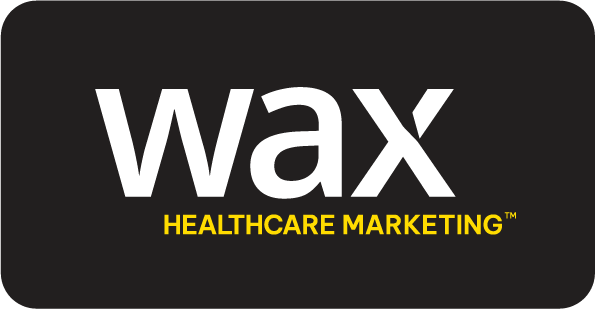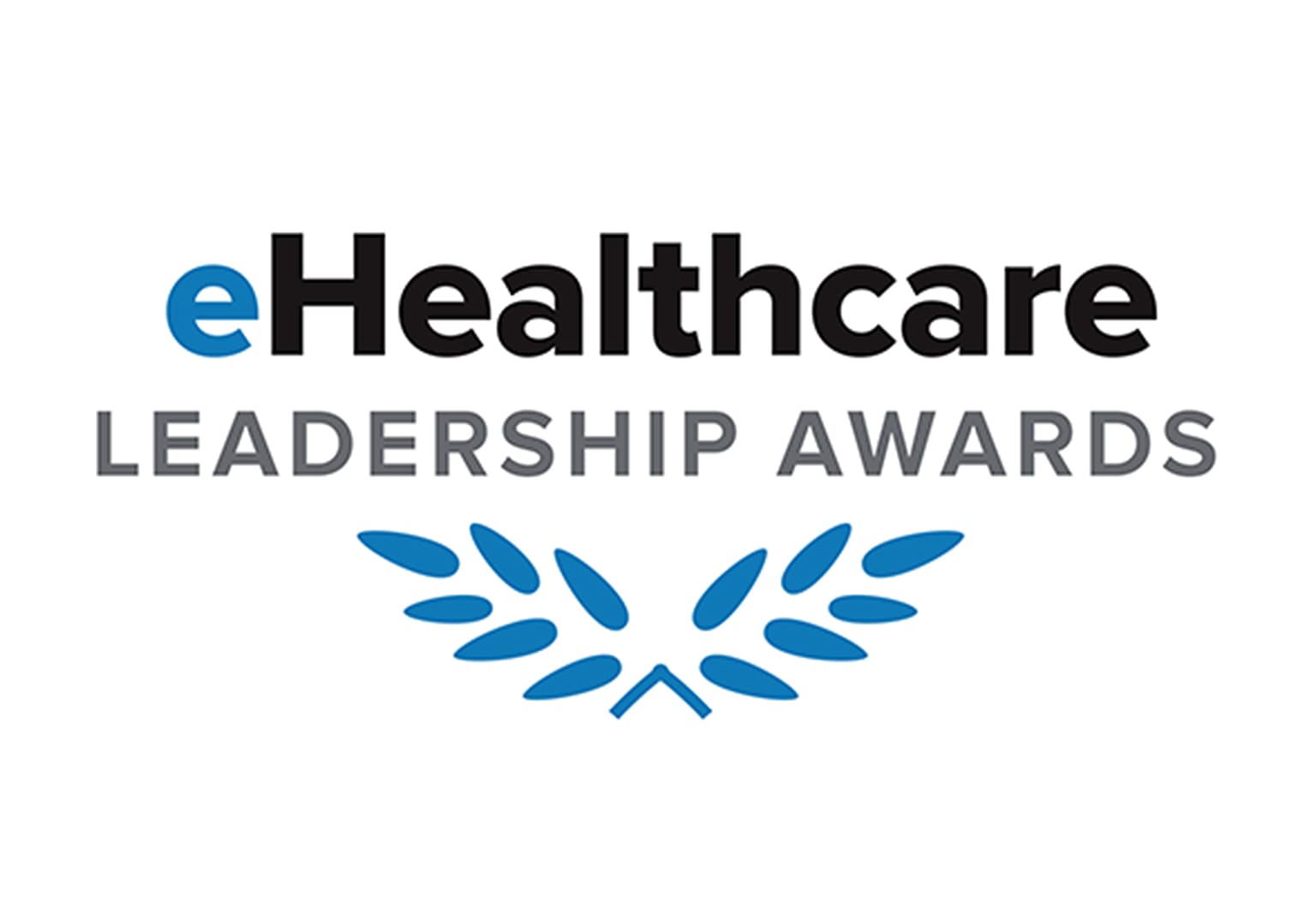For every healthcare organization, implementing strategies that increase patient engagement and grow new patient acquisition is essential. Hospitals and health systems have a variety of tools to better engage with their patient communities online and in person, boosting retention in the process and attracting new patients.
Patient engagement isn’t just a valuable metric or KPI. It is a vital aspect of creating an efficient and positive experience for patients and providers alike. When done correctly, patient acquisition and engagement tools help to increase communications, improve convenience and accessibility, and support better patient outcomes.
By implementing healthcare-specific strategies for engagement, institutions not only strengthen existing patient connections but also expand their reach to attract and onboard new patients. If you and your organization aren’t making the most of these tools, you need to start – now:
1. Have a Patient Portal – and Use It!
The patient portal has become foundational among healthcare organizations and is a key tool for building consistent, reliable patient engagement. Making the most of a portal’s capabilities is what sets organizations apart. Increasing utilization of a portal means doing the work to provide added value to the patients who use it – updating message boards, sending seasonal reminders, posting event sign-ups, and providing educational resources.
The goal for any hospital network or health system is to keep patients within the ecosystem throughout their entire healthcare journey. Providing a hub that is conveniently accessible to relay important information, improve access to records, and reduce phone wait times is a win-win for elevating care efficiency and driving patient engagement.
Some functionalities that generate consistent use within patient portals are the following:
- Access to medical records and lab reports
- Appointment scheduling
- Automated appointment reminders to decrease no-shows
- A secure messaging system to facilitate smooth communication between patients and providers
- Increased offerings for web- or app-based services
2. Expand Engagement Through Patient Intake Tools
A patient intake process adds a level of convenience and efficiency for patients while reducing the operational workload on internal staff. This is a big win for healthcare organizations, their staff, and their patients. Patient intake tools can vary widely in terms of function but at their core, they all share the same goals – enhance the patient experience, reduce administrative burdens, and improve overall operational efficiency.
Digital intake solutions also improve patient engagement by allowing individuals to complete necessary forms before their appointment. This leads to a more convenient and efficient visit, as well as better patient satisfaction. Some examples of effective methods of patient intake include the following:
Electronic health record (EHR) integrated forms: Enables seamless data entry directly into patient records, reducing duplication and errors.
Patient kiosks: Self-service check-in stations that allow patients to complete forms, update information, and verify insurance details.
Mobile-friendly digital forms: Secure, HIPAA-compliant online forms accessible via smartphones or tablets for easy previsit completion.
Automated insurance verification tools: Streamlines eligibility checks and coverage verification before the patient’s visit.
Electronic signature capture: Allows patients to sign consent forms and agreements digitally, eliminating the need for physical paperwork.
3. Optimize for Lead Capture and Conversion
Attracting new visitors to your website is only one piece of the challenge. Then, it’s about keeping them there. And most importantly, converting them into active patients. A well-optimized website should not only inform visitors but also motivate them to act when ready. There are tangible steps any healthcare organization can take to better attract prospective patients and most importantly, convert and onboard those patients into the system.
Optimize Your Website for Lead Generation
A healthcare website should function to connect patients to the best-suited services and care team. Ensuring that visitors can easily find the information they need and take the next step is essential to reduce risk of visitors dropping or looking elsewhere. Some steps to consider include the following:
- Implementing a patient form page, commonly on a “Contact Us” or “Book Now” page, connected to a robust and secure CRM for data organization.
- Using clear and prominent calls to action (CTAs) such as “Book an Appointment,” “Talk to a Provider,” or “Schedule a Telehealth Visit” placed strategically across your website.
- Providing a user-friendly navigation that makes it easy for potential patients to explore services, find provider information, and use the appointment scheduling function.
- Optimizing for faster page load times and mobile responsiveness to provide a seamless experience across all devices.
- Incorporating hyperlinks and CTAs throughout the site that drive traffic back to the form page.
Capture Patient Information for Follow-Ups
For many healthcare organizations, a “conversion” is defined as the successful booking of an appointment. Not all website visitors will schedule an appointment right away, but capturing their information allows healthcare organizations to nurture these leads over time. Effective ways to get more patients and collect patient information include:
- Gated downloadable resources (such as e-books or infographics) that require visitors to enter their email in exchange for valuable content.
- Newsletter sign-ups offering health tips, wellness updates, and exclusive insights to keep potential patients engaged until they’re ready to book a visit.
- Event sign-ups to collect information for outreach, with the ability to collect an email address to share further information about an event and nurture beyond the event.
4. Maximize Telehealth Services
Telehealth or virtual care services have rapidly become vital for healthcare organizations to stay competitive. The ability to better meet patients where they are will always be an advantage. Telehealth offers improved access to patients facing mobility limitations, residing in remote locations, or just living a busy life and taking advantage of virtual tools to avoid neglecting care.
Similarly to patient portals, there’s having one, and then there’s using it effectively to drive engagement. Offering telehealth is beneficial, but there are valuable steps to maximize visibility and awareness of these services among the patient audiences. This can be achieved through:
· Providing virtual visits at a greater range of business hours. This offers time slots to accommodate individuals with limited ability to get care during standard business hours. It also offers solace to patients with pressing medical concerns beyond traditional business hours, in need of nonemergency assistance.
- Offering a variety of communication choices, including video, phone, or chat consultations. There are also AI assistant options to help maintain prompt response times.
- Increasing awareness of telehealth services and available specialities. This can happen through communication across email, website banners, social media, the patient portal inbox, and paid or organic marketing.
- Incorporating routine telehealth check-ins for managing chronic diseases.
5. Respond to Inquiries Quickly With AI and Automation
Both patient acquisition and patient engagement is often heavily impacted by timeliness. Using AI-driven chatbots or virtual assistant software can help provide a timely, professional response to inquiring patients. For existing patients, this keeps communication outlets available outside of operational hours. For potential patients, timely responses can help prevent drop-off before converting.
With other automated touchpoints (such as appointment reminders or automated email newsletters), these tools enable healthcare providers to continuously stay in contact with patients and reduce the lift on internal staff to execute. There are several ways to use AI to supplement online communication with patients. Some of these include the following:
- Leveraging AI chatbots via website to address frequently asked questions and assist patients in navigating the site.
- Using automated appointment reminders through various channels, including text messages, emails, and push notifications.
- Requiring a response-based confirmation of appointments, if relevant.
- Automating follow-up messages after visits and in anticipation of future, yet-to-be-scheduled visits.
6. Optimize Patient Communication for Better Engagement
Email and text communications are some of the most effective ways to keep patients engaged between visits, providing them with relevant updates, health tips, and reminders that encourage ongoing communication and engagement with their care providers.
A successful communication strategy ensures that patients stay informed and feel connected to their care team and the greater organization. Regular, thoughtful communication to patients is a proven way to bolster patient retention. Some recommendations for improving patient communications to increase engagement and clicks are as follows:
- Automate appointment reminders and follow-ups to reduce no-shows and ensure patients stay on track with their care.
- Use segmentation to deliver targeted messages that differ based on the respective audience. This allows you to customize the approach for new patients vs. communications with existing patients.
- Share practice updates, new services, and health awareness campaigns to keep patients informed and engaged with their healthcare provider.
Bonus: Surveys. Surveys. Surveys!
We all get them. We rarely take them. But patient surveys are a tried-and-true method of collecting valuable input. Encourage patient feedback and reviews by requesting testimonials or satisfaction surveys to enhance trust.
Sending surveys to patients is a reliable way for health systems to foster engagement while gathering valuable insights to improve care. By actively seeking patient feedback, healthcare organizations demonstrate that they value patient experiences and are committed to continuous improvement. Surveys help identify pain points, assess satisfaction levels, and uncover opportunities to enhance services. These actions strengthen trust and encourage long-term patient relationships.
At Wax, we understand that patient acquisition and patient engagement is the key to long-term success for healthcare organizations. When you’re ready to enhance your digital presence, increase patient volume, or implement new engagement tools, our team is here to help. Get in touch with us today to learn about our patient acquisition solutions and engagement strategies.










